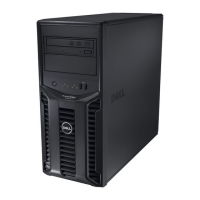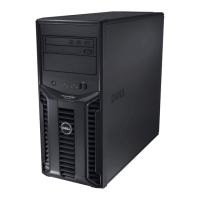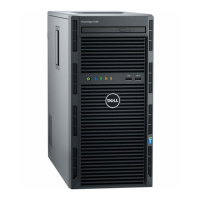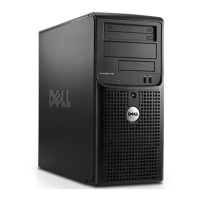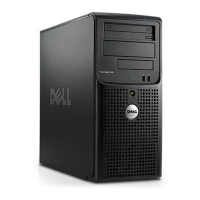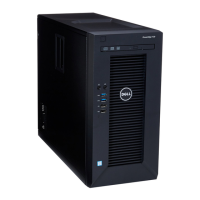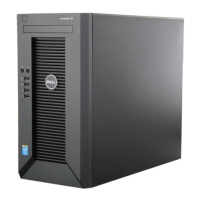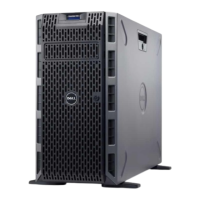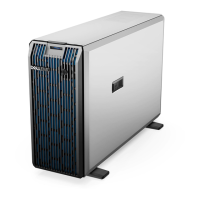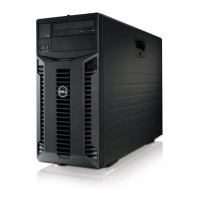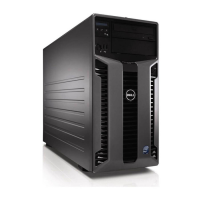Using the System Setup Program and UEFI Boot Manager 35
Using the System Setup Program
and UEFI Boot Manager
The System Setup program is the BIOS program that enables you to manage
your system hardware and specify BIOS-level options. From the System Setup
program, you can:
• Change the NVRAM settings after you add or remove hardware
• View the system hardware configuration
• Enable or disable integrated devices
• Set performance and power management thresholds
• Manage system security
Choosing the System Boot Mode
The System Setup program also enables you to specify the boot mode for
installing your operating system:
• BIOS boot mode (the default) is the standard BIOS-level boot interface.
• Unified Extensible Firmware Interface (UEFI) boot mode is an enhanced
64-bit boot interface based on UEFI specifications that overlays the
system BIOS. See "Entering the UEFI Boot Manager" on page 47 for more
information on this interface.
You must select the boot mode in the Boot Mode field of the "Boot Settings
Screen" on page 41 of the System Setup program. Once you specify the boot
mode, the system boots in the specified boot mode and you proceed then to
install your operating system from that mode. Thereafter, you must boot the
system to the same boot mode (BIOS or UEFI) to access the installed
operating system. Trying to boot the operating system from the other boot
mode causes the system to halt immediately at startup.
NOTE: Operating systems must be UEFI-compatible (for example, Microsoft
®
Windows Server
®
2008 x64 version) to be installed from the UEFI boot mode. DOS
and 32-bit operating systems do not support UEFI and can only be installed from the
BIOS boot mode.
Mayzie_HOM.book Page 35 Monday, August 31, 2009 9:33 PM
